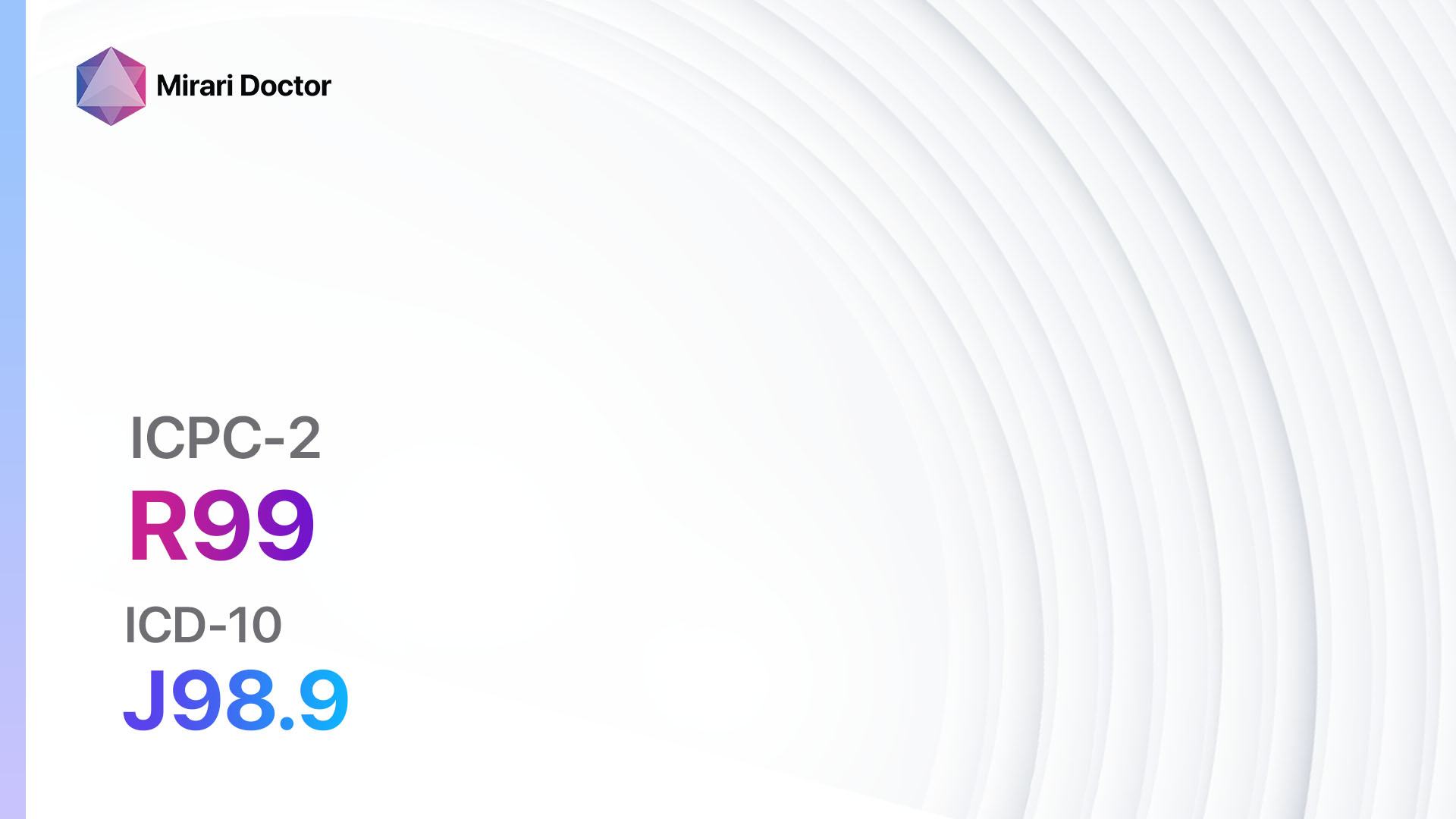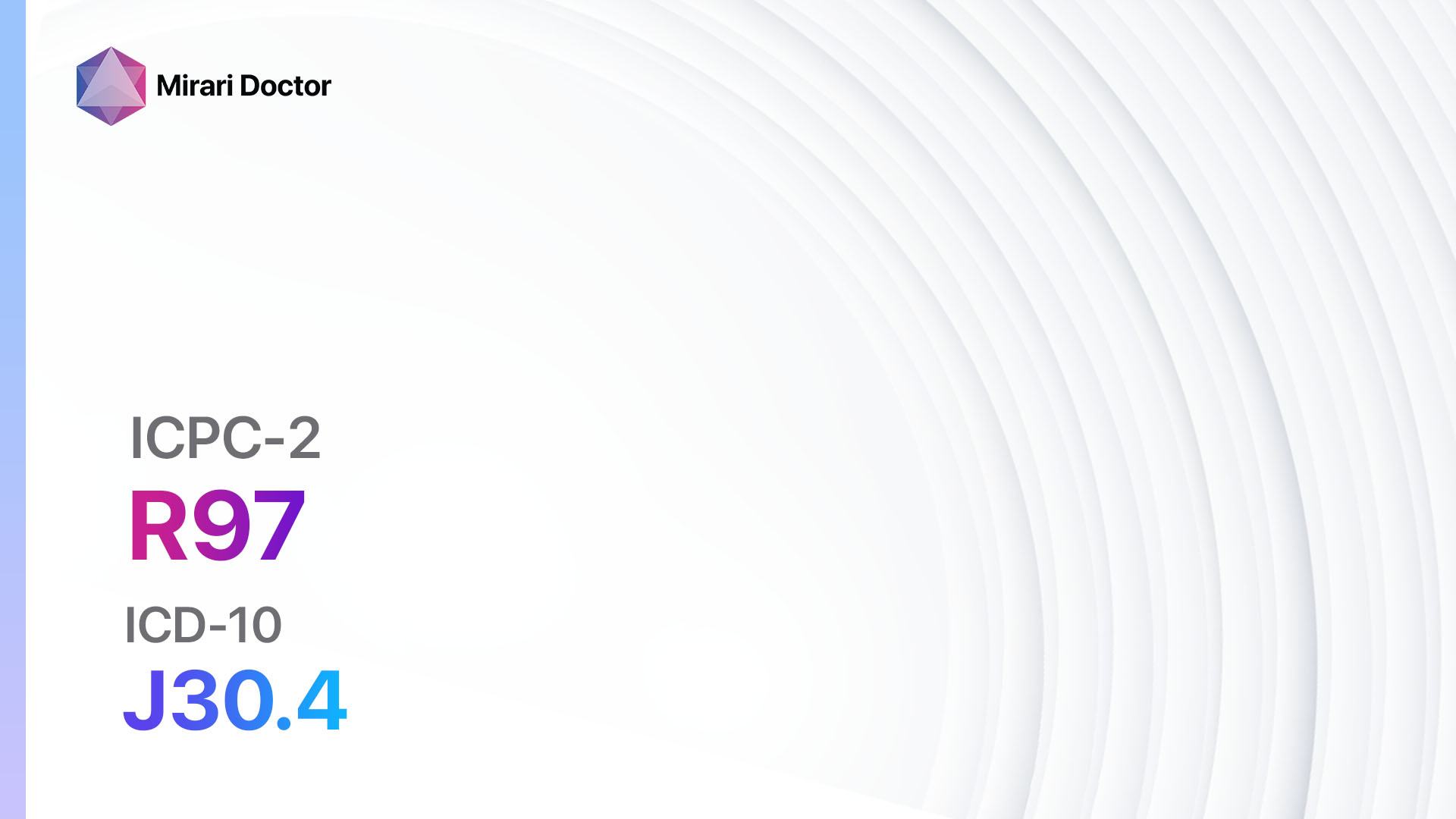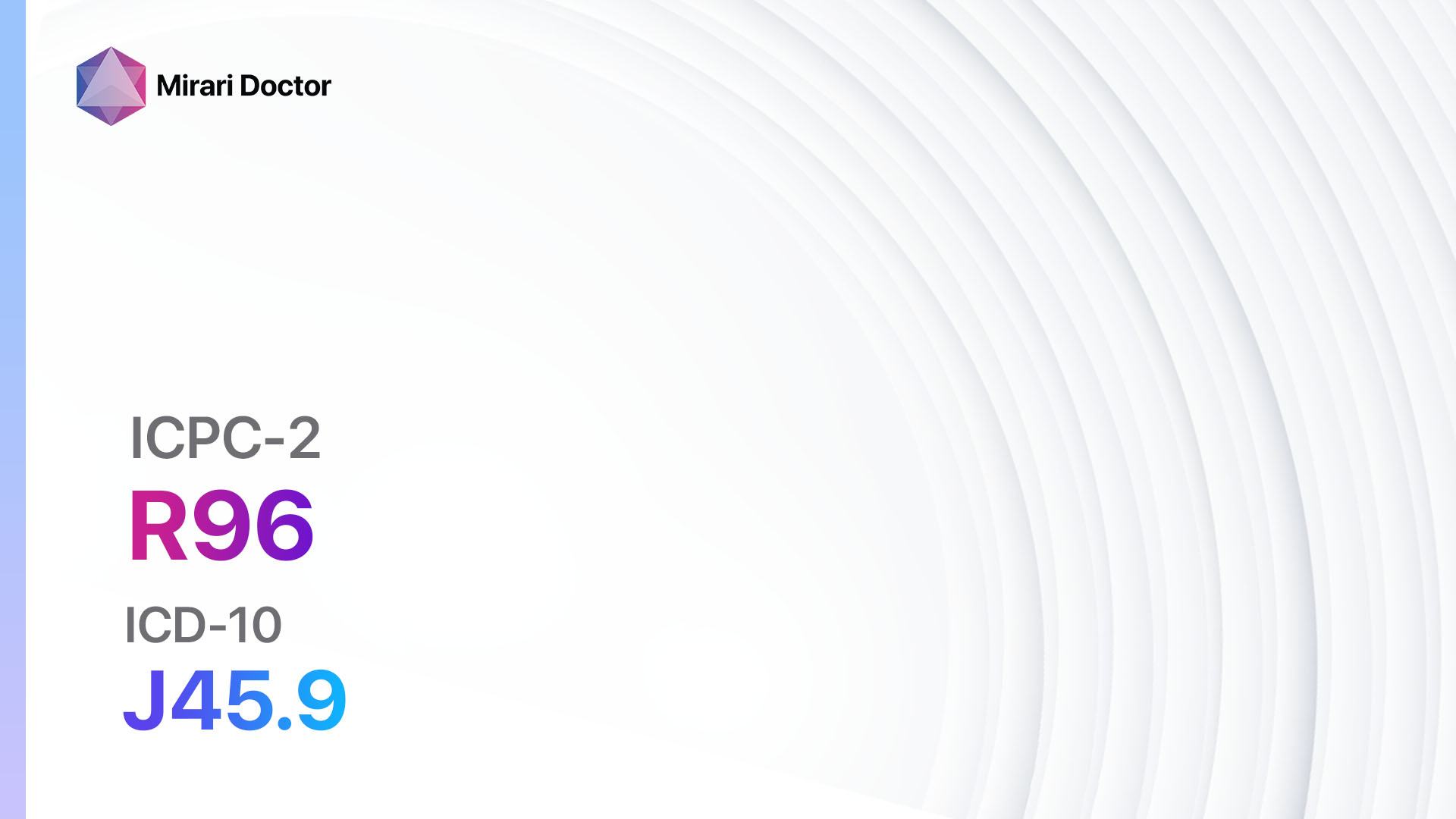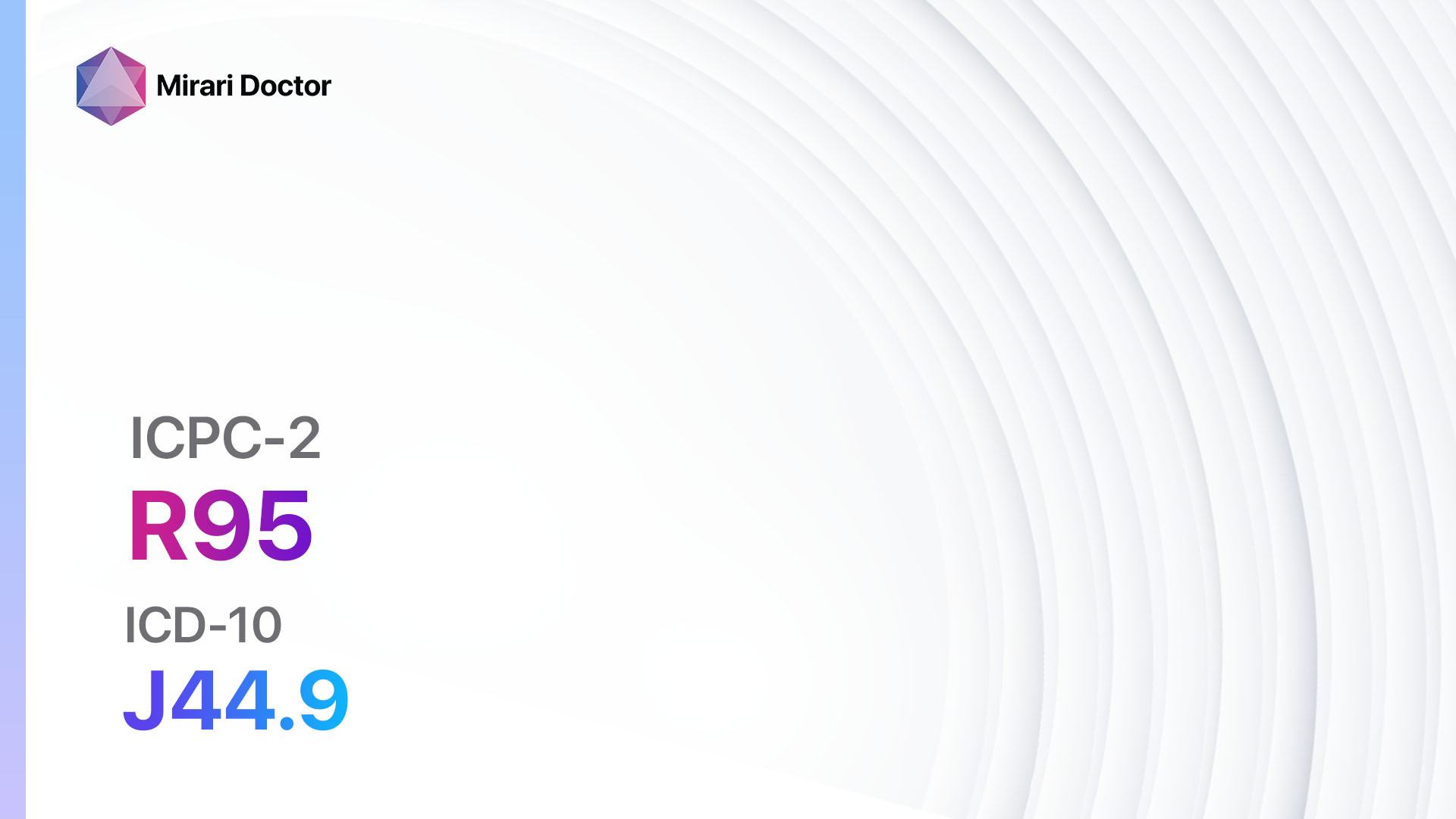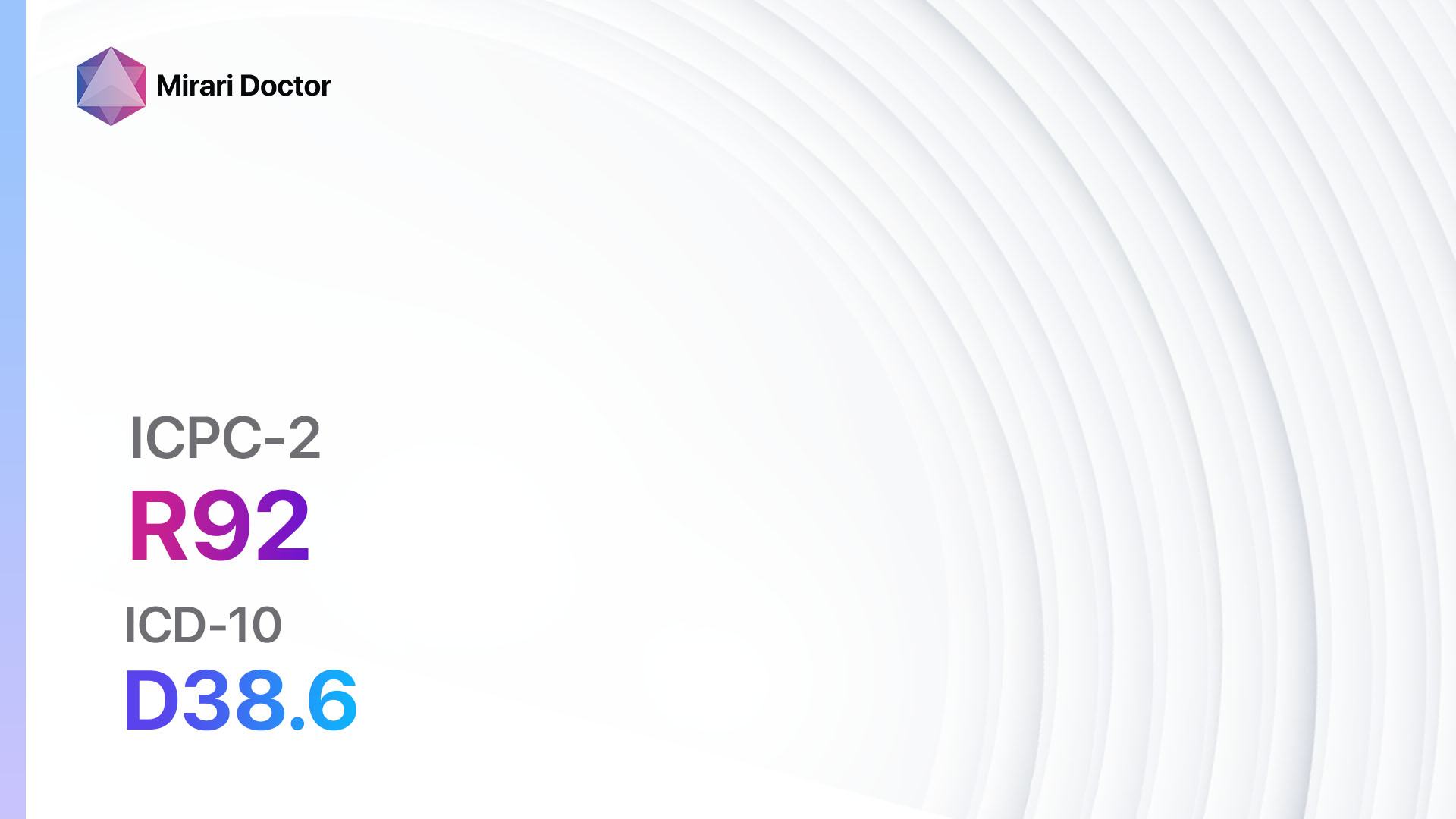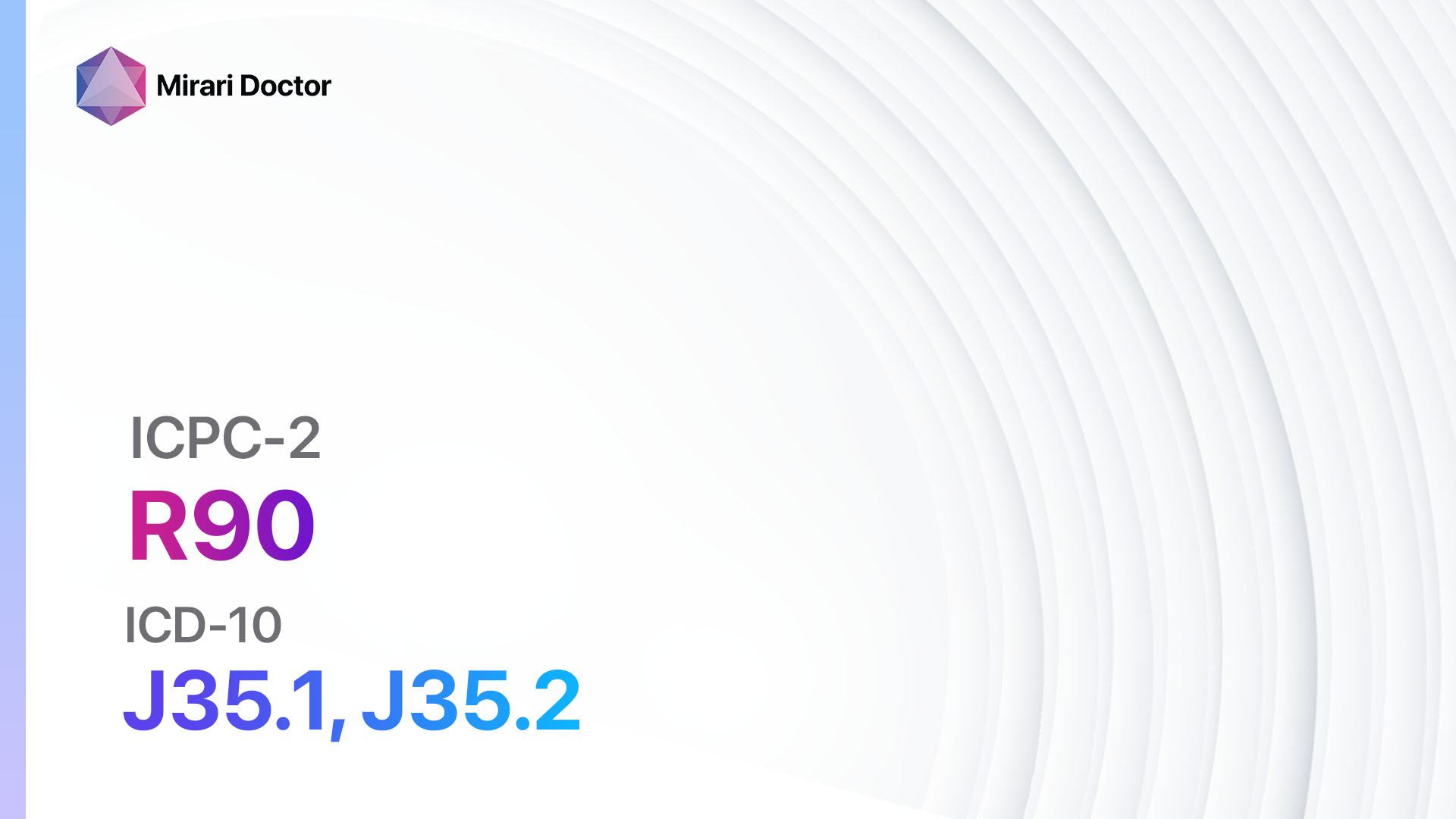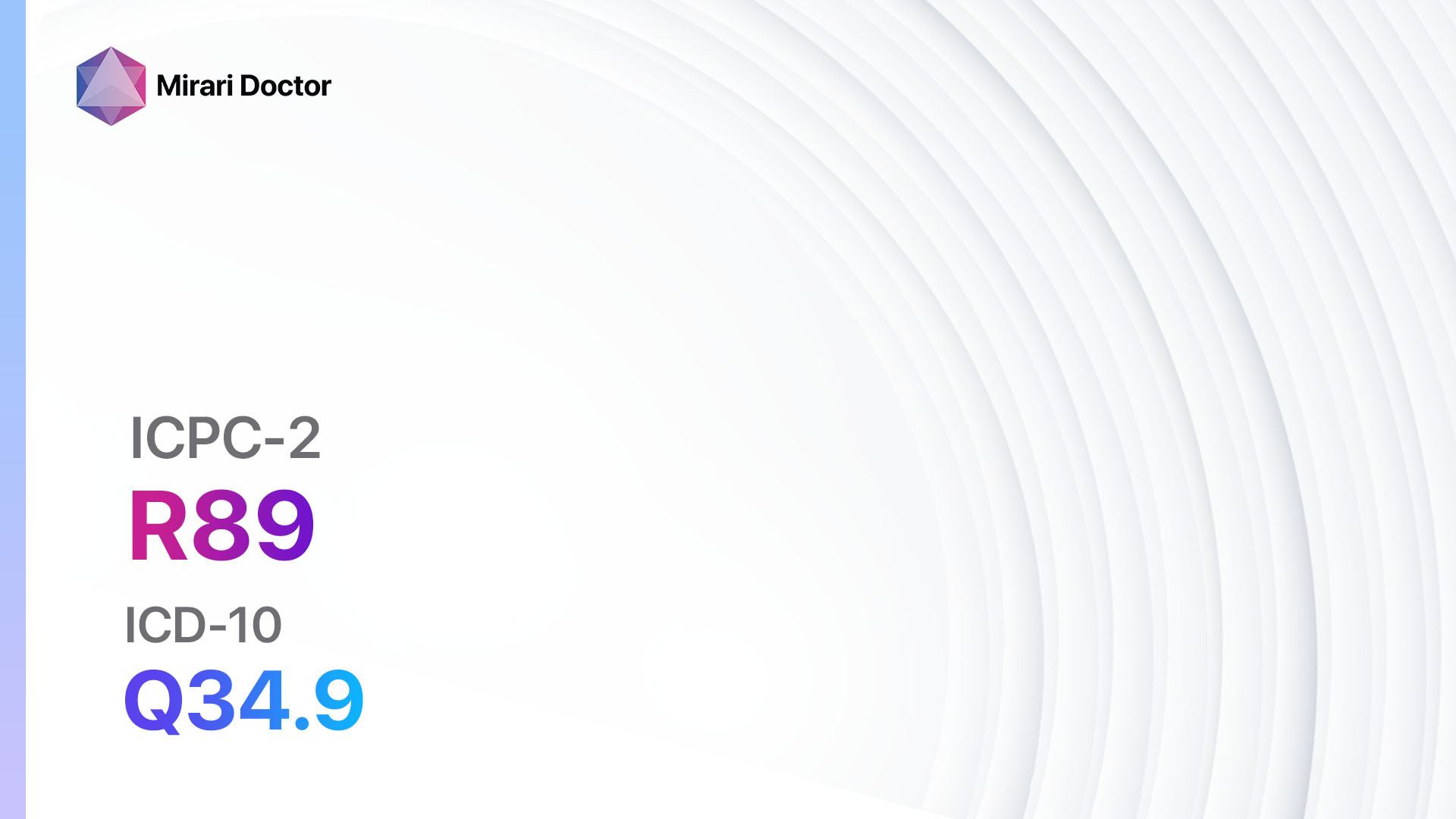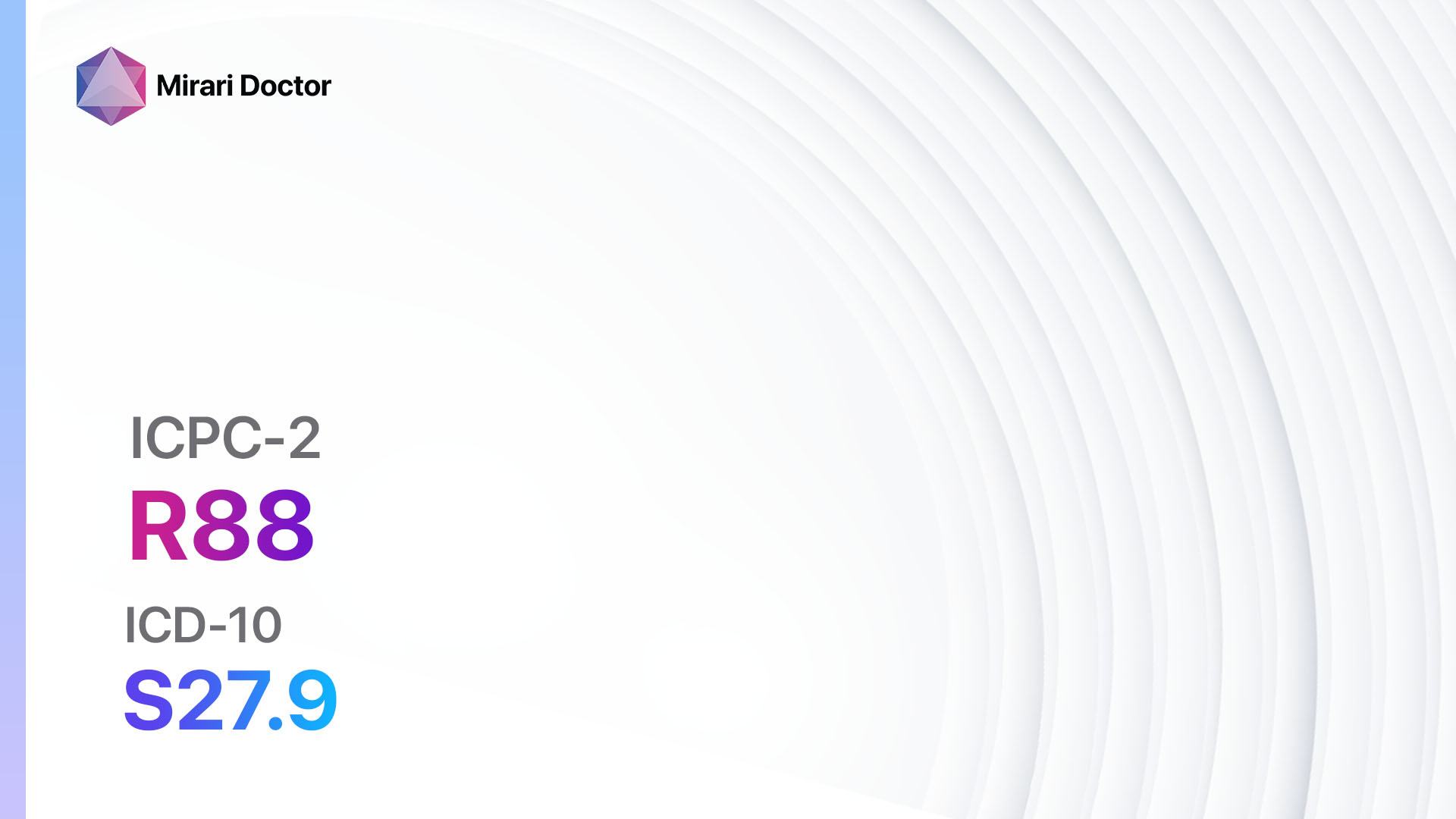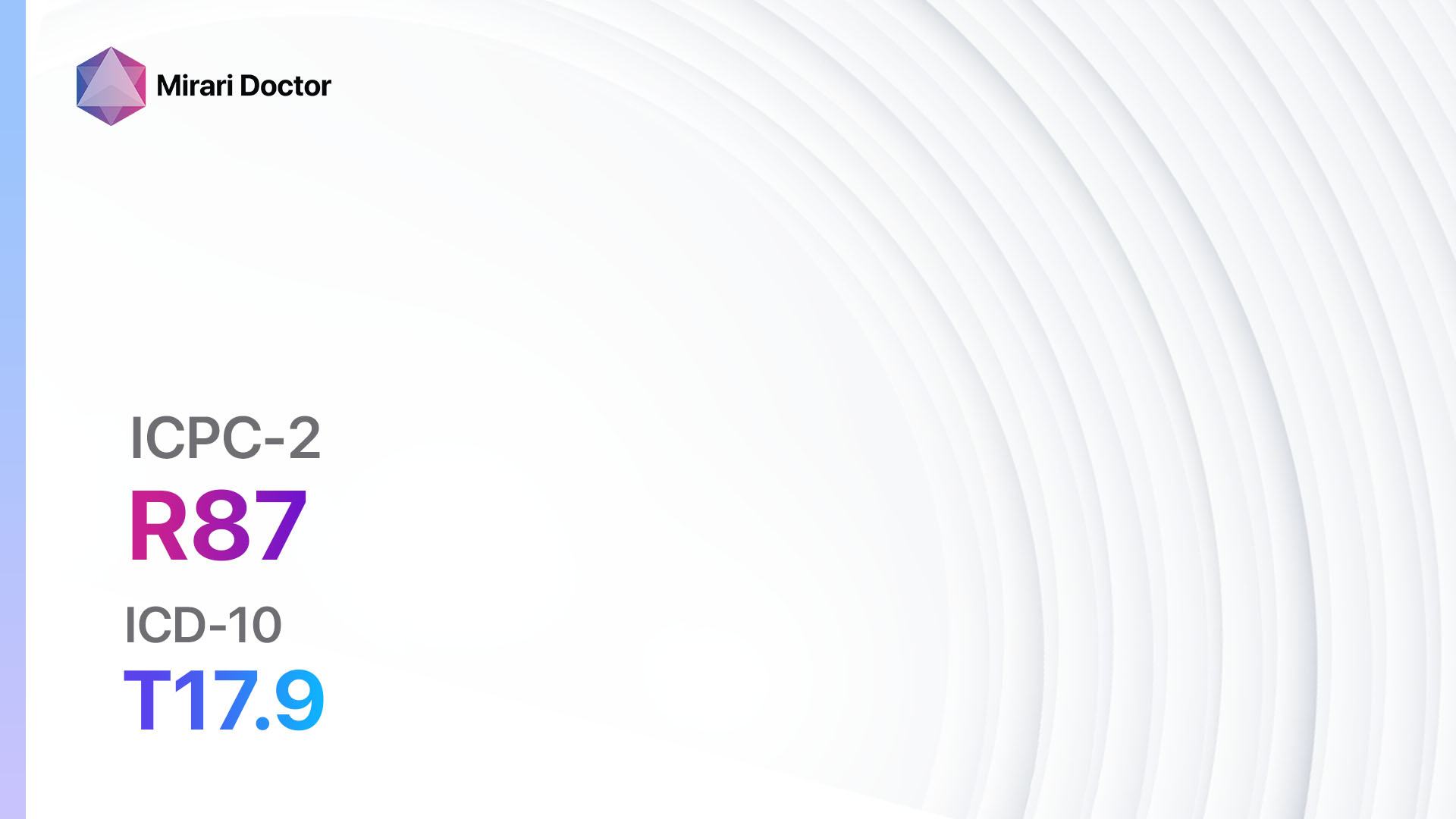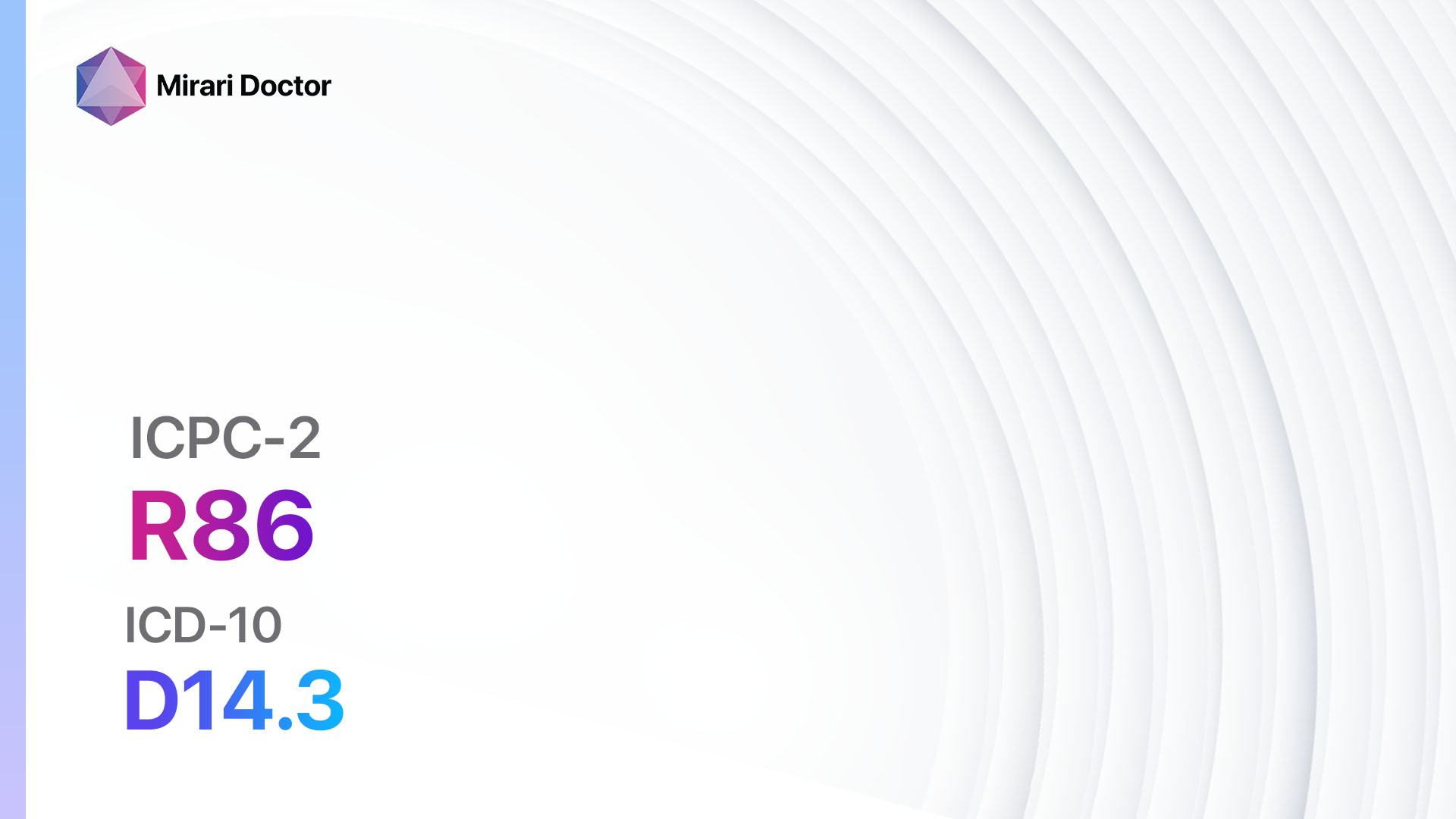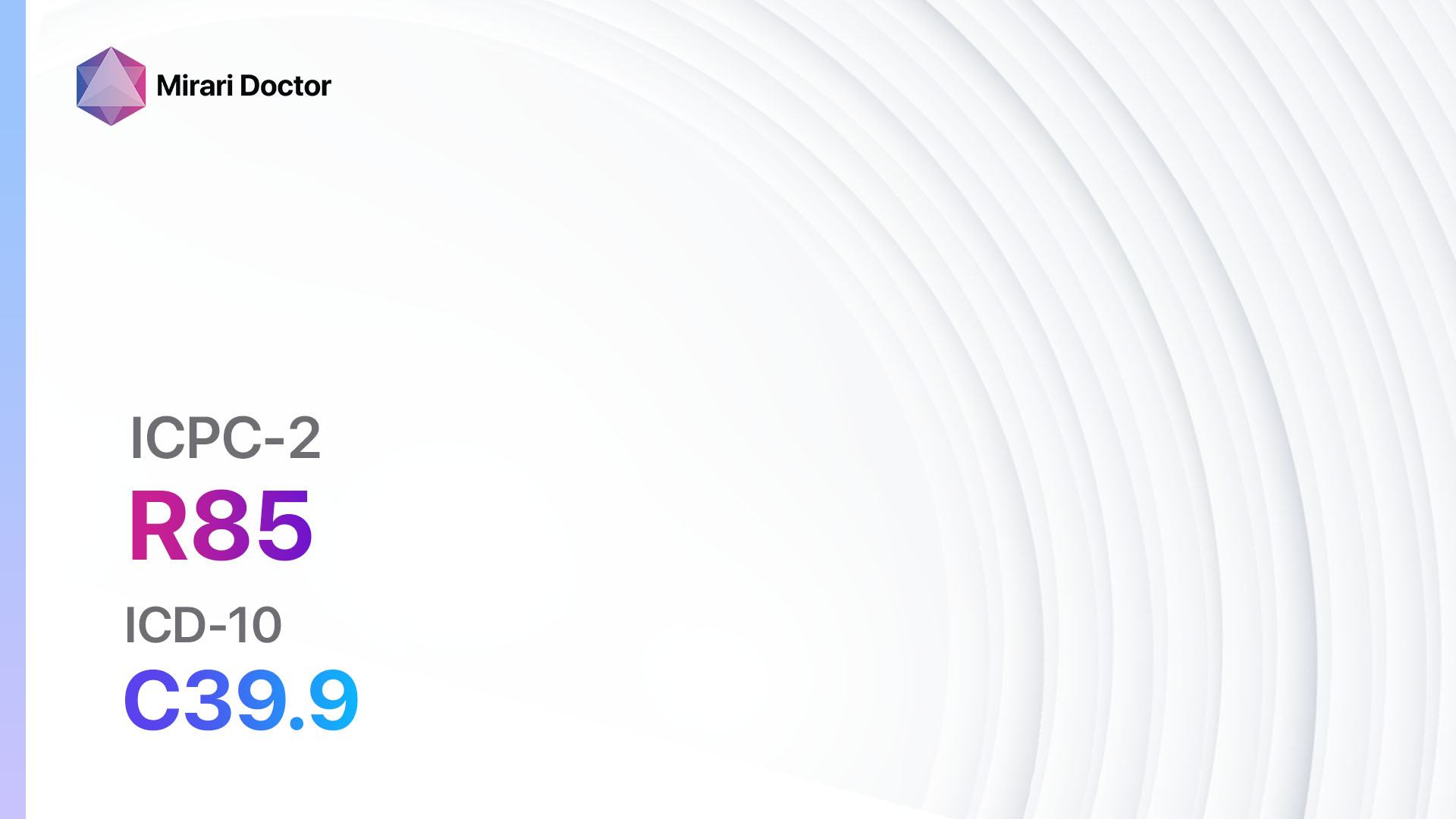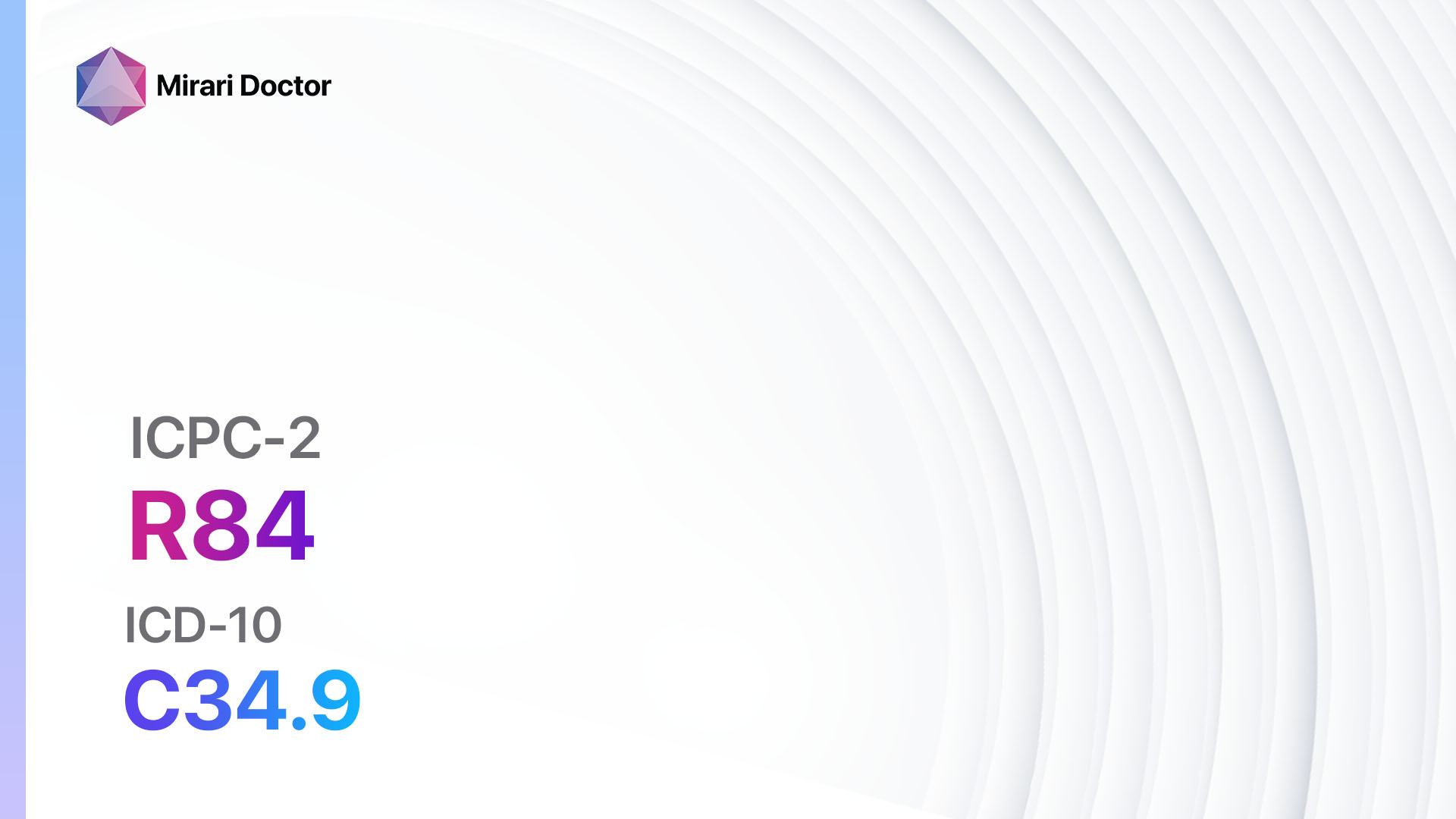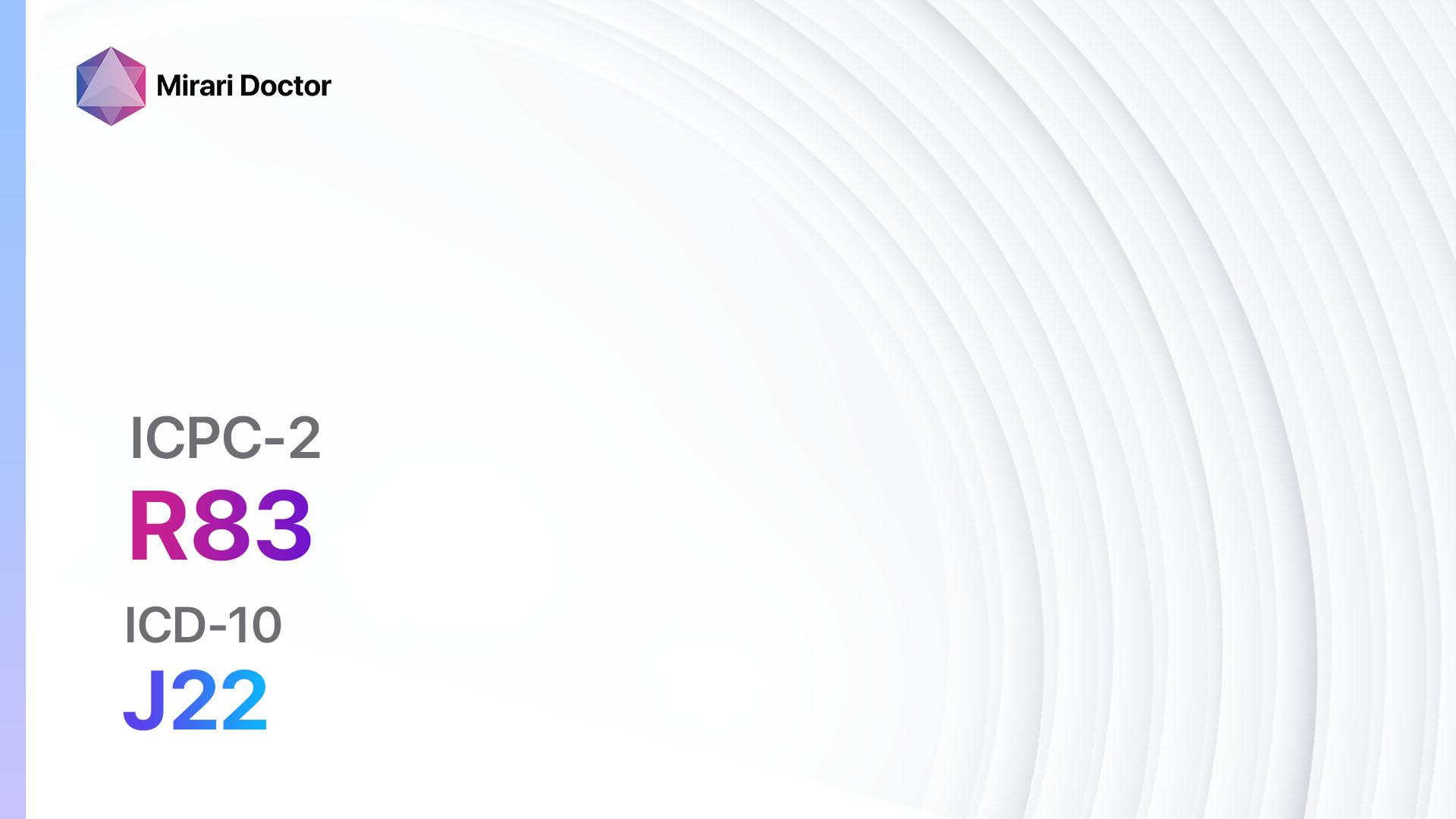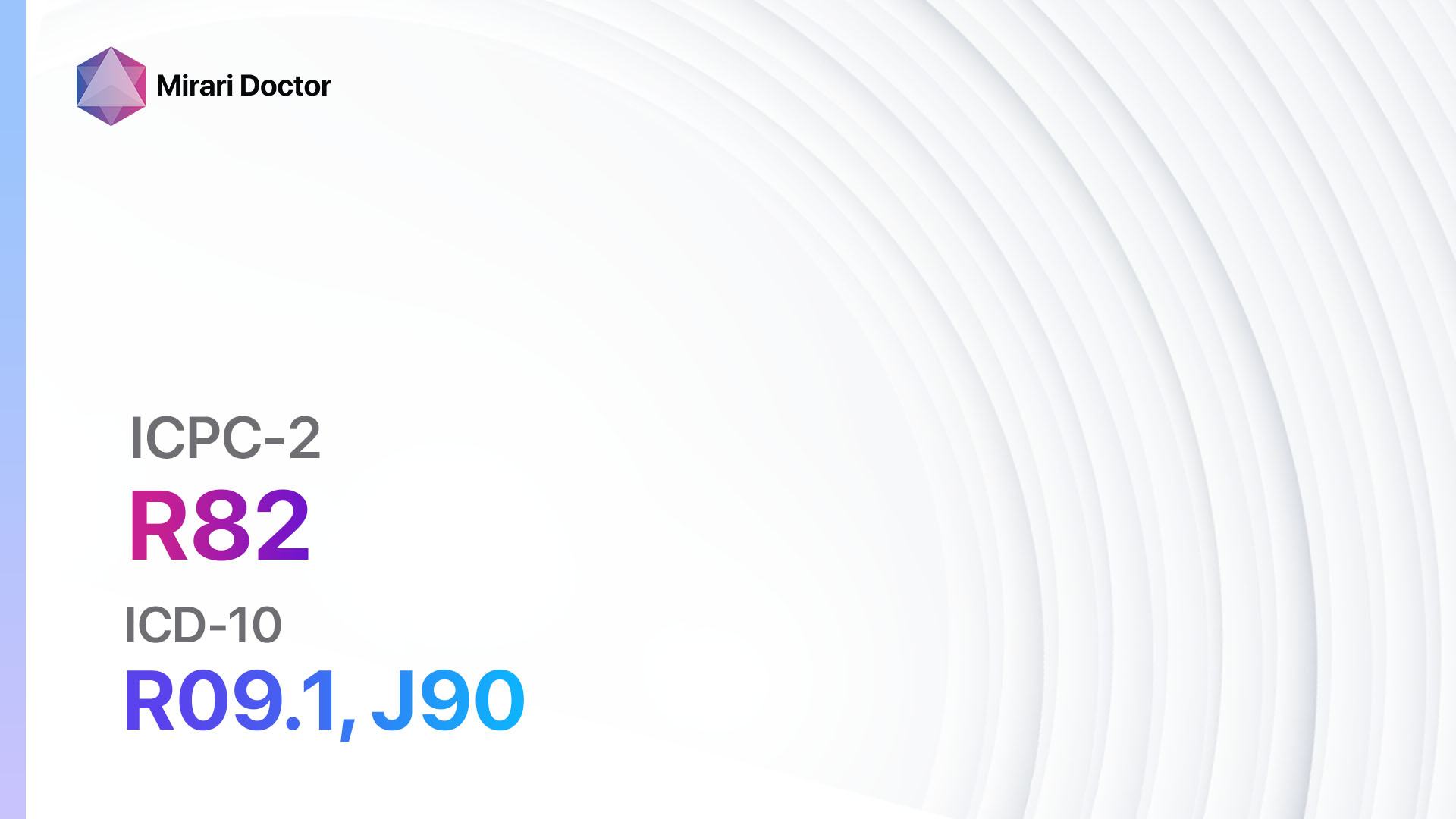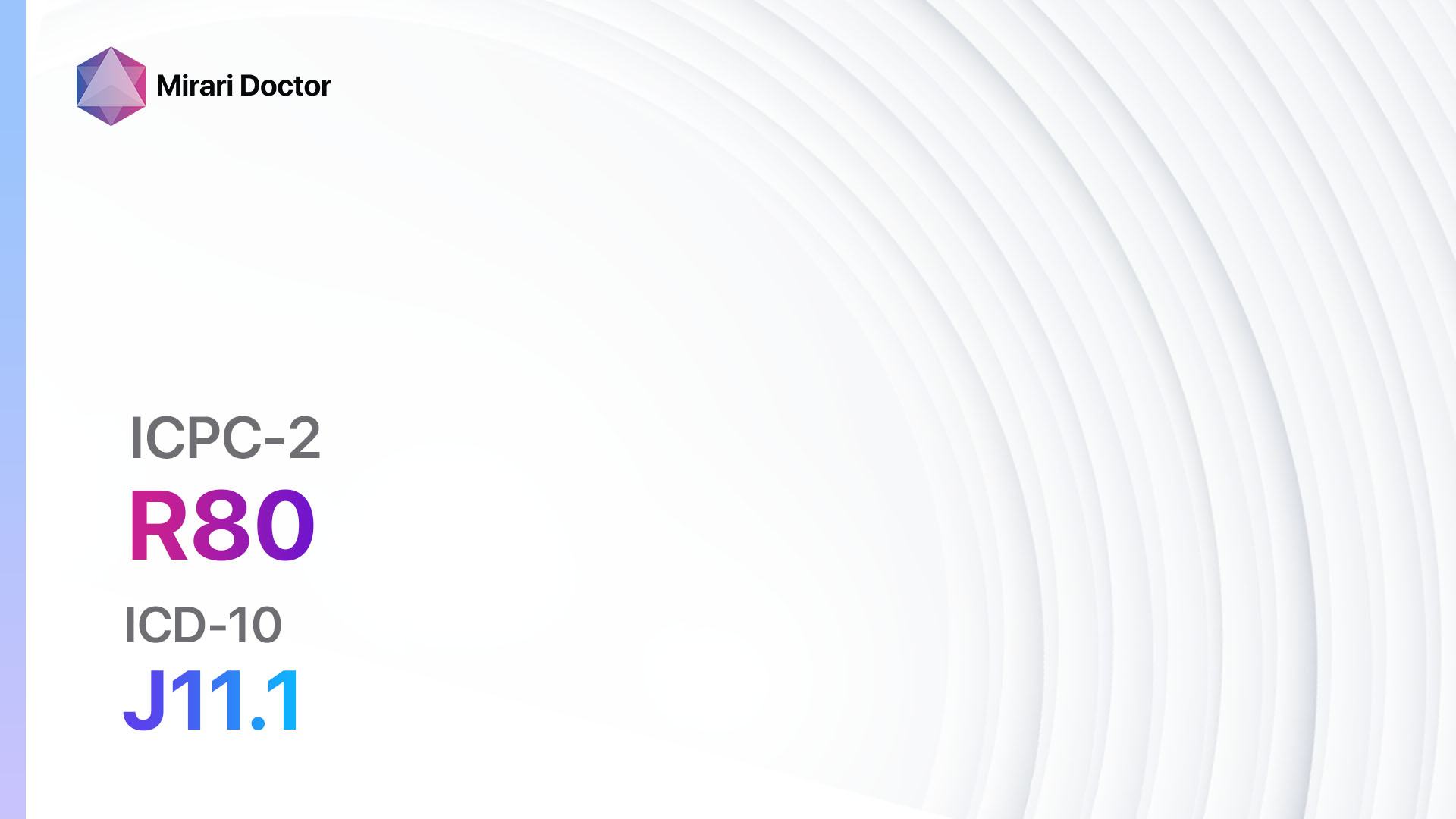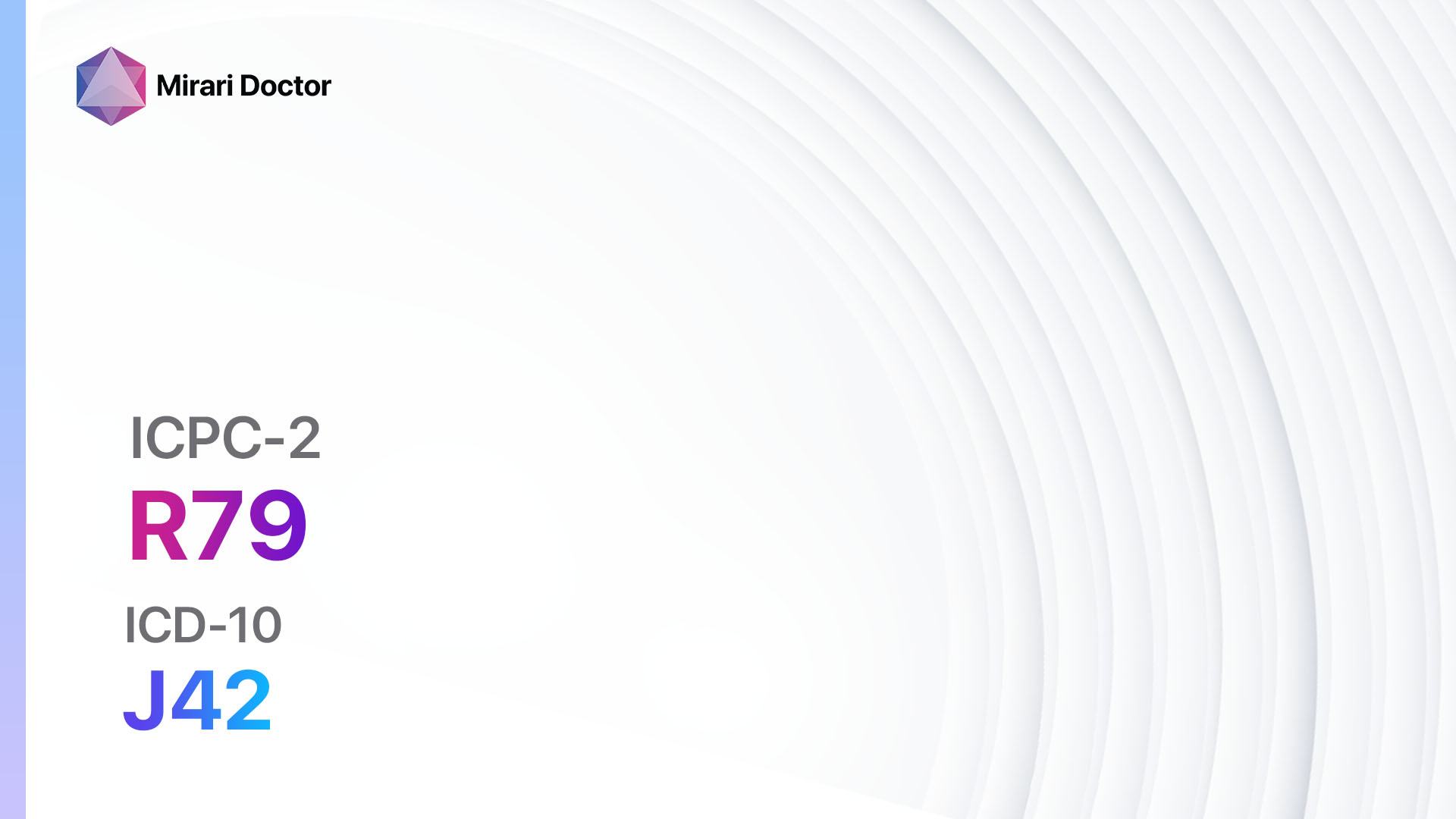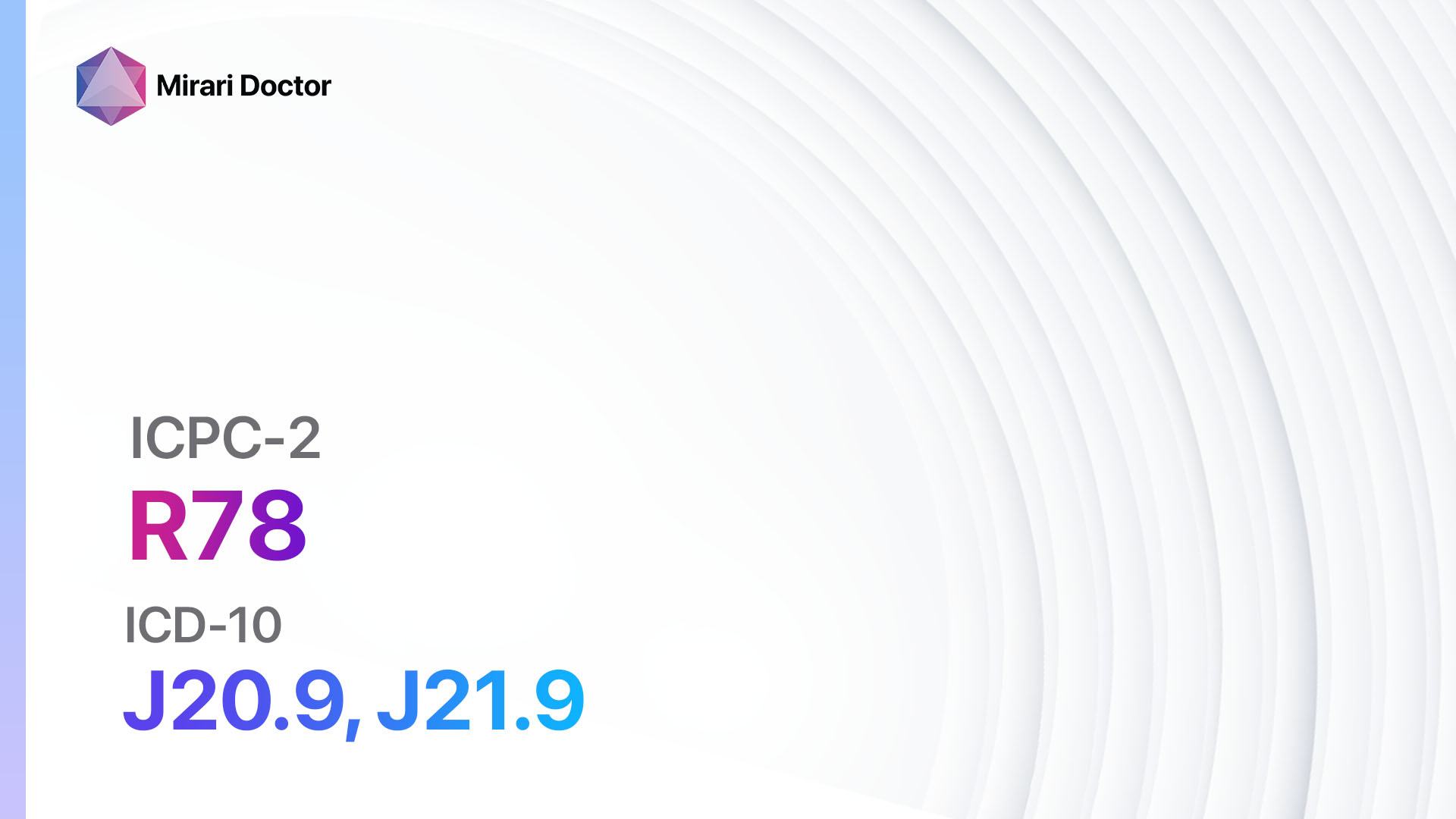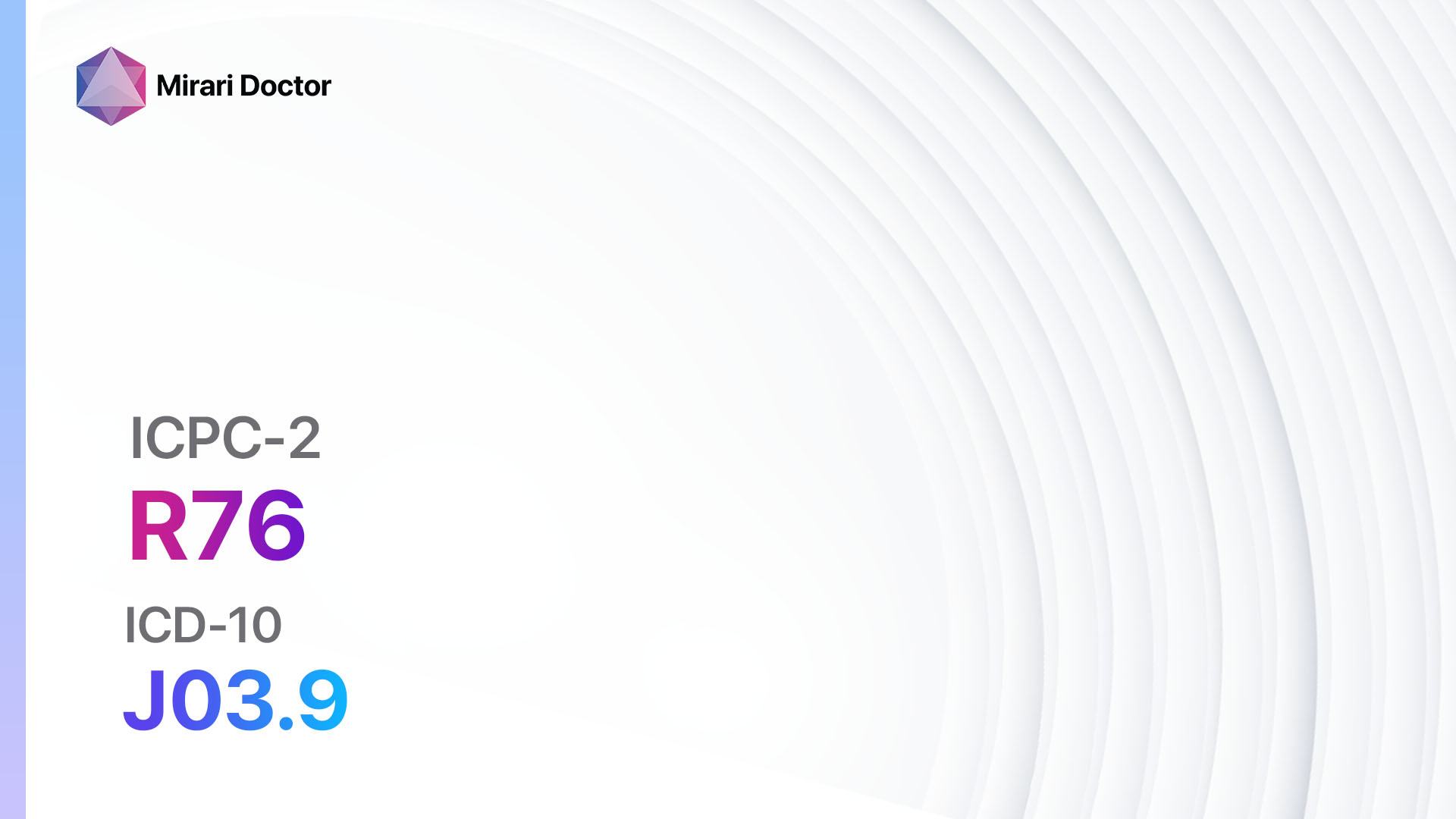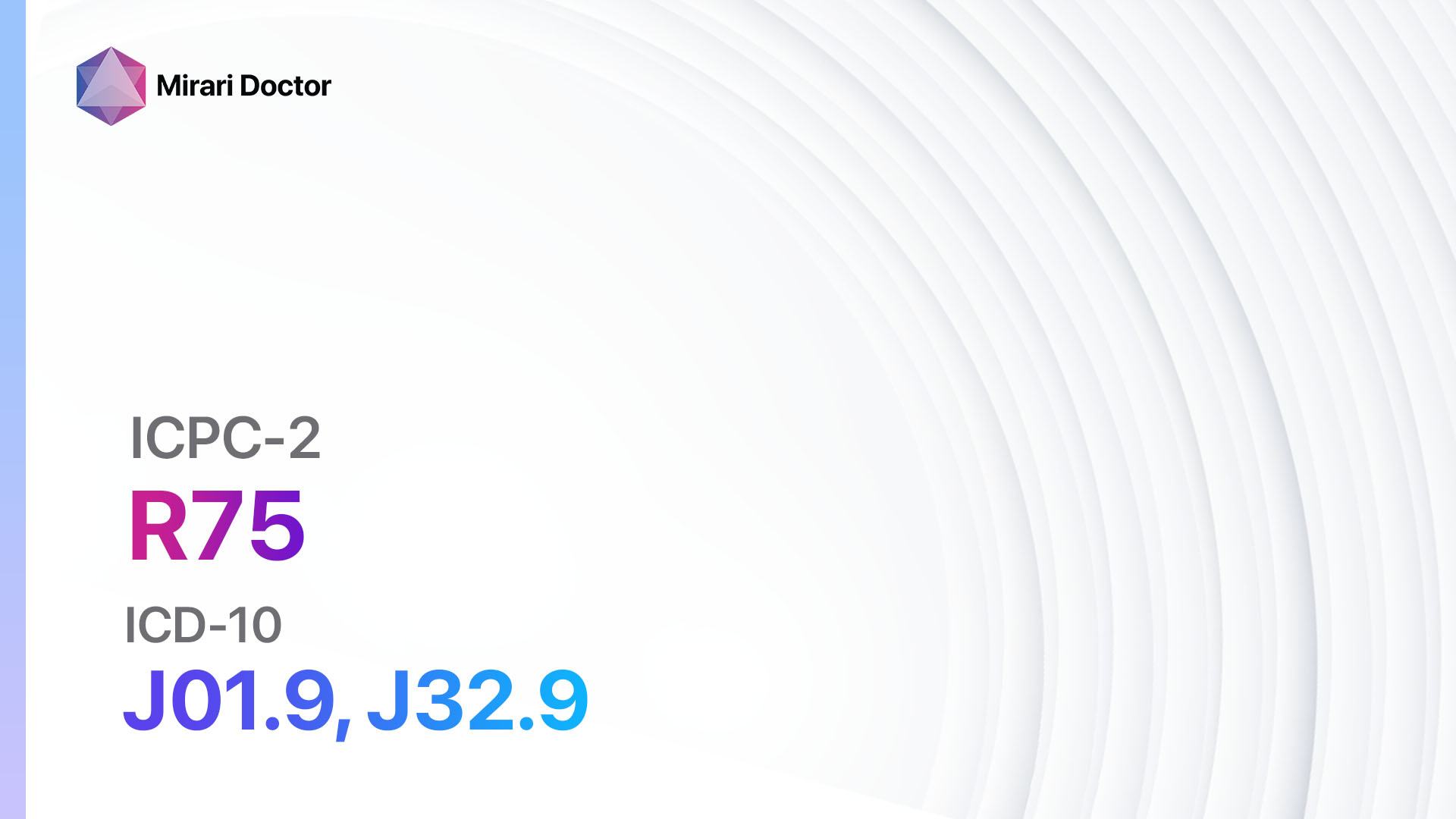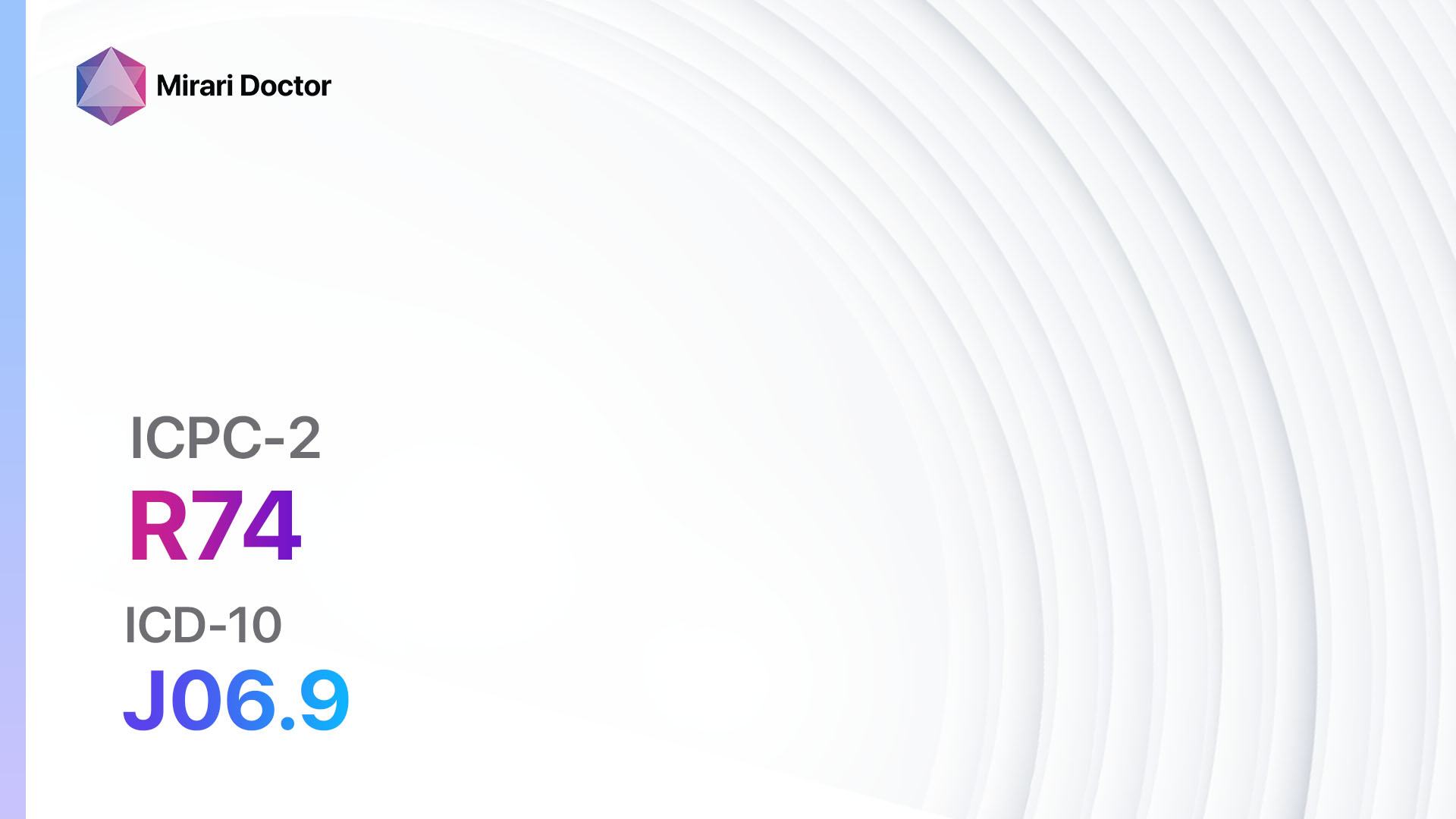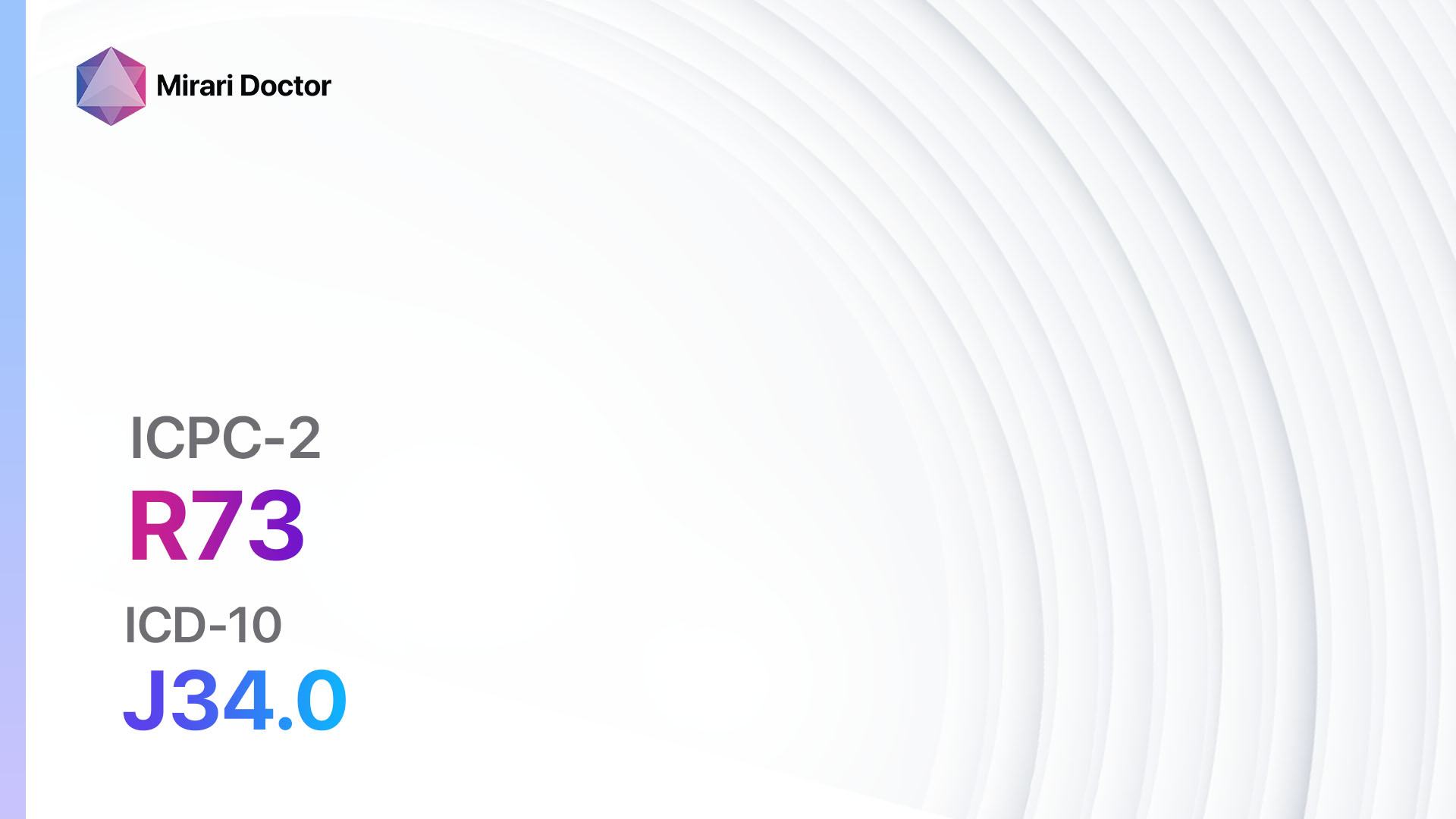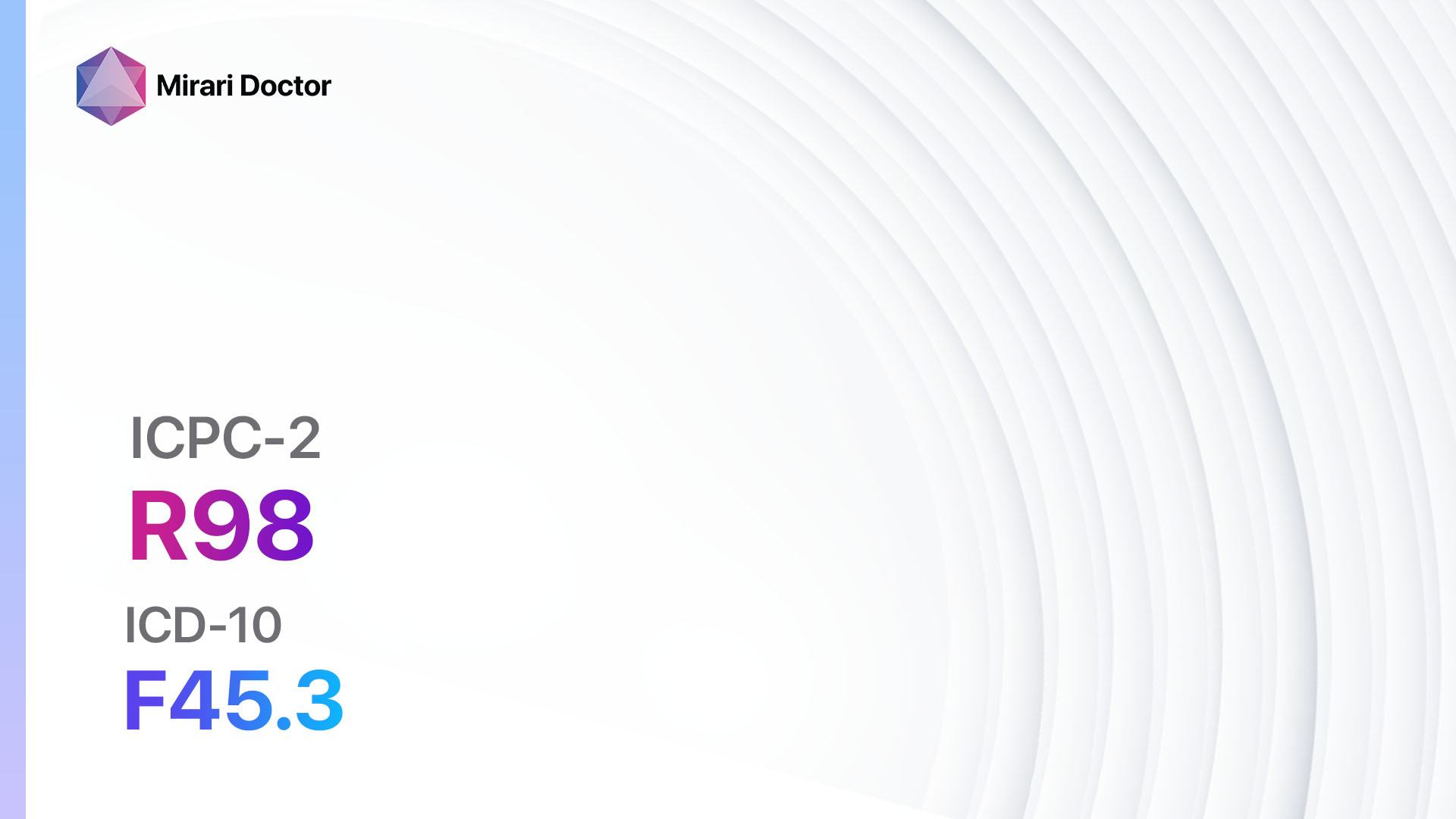
Introduction
Hyperventilation syndrome is a condition characterized by rapid and deep breathing, leading to an imbalance of oxygen and carbon dioxide levels in the body. This can result in a variety of symptoms, including shortness of breath, dizziness, chest pain, and tingling in the extremities.[1]The aim of this guide is to provide healthcare professionals with a comprehensive overview of the diagnosis and management of hyperventilation syndrome.
Codes
Symptoms
- Shortness of breath: Patients may experience a sensation of not getting enough air or feeling like they cannot take a deep breath.
- Dizziness: Patients may feel lightheaded or have a sensation of spinning.
- Chest pain: Patients may experience chest discomfort or tightness.
- Tingling in the extremities: Patients may have numbness or tingling in the hands, feet, or face.[3]
Causes
- Anxiety or stress: Emotional factors can trigger hyperventilation syndrome.
- Panic attacks: Hyperventilation syndrome can be a symptom of a panic attack.
- Physical exertion: Strenuous exercise or physical activity can lead to hyperventilation.
- Medications: Certain medications, such as bronchodilators or stimulants, can cause hyperventilation.
- Medical conditions: Underlying medical conditions, such as asthma or heart disease, can contribute to hyperventilation syndrome.[4]
Diagnostic Steps
Medical History
- Gather information about the patient’s symptoms, including the frequency, duration, and severity.
- Ask about any triggers or factors that worsen or alleviate the symptoms.
- Inquire about the patient’s medical history, including any underlying medical conditions or medications.
- Assess the patient’s emotional well-being and inquire about any recent stressful events.[5]
Physical Examination
- Perform a thorough physical examination, including vital signs, lung auscultation, and cardiovascular assessment.
- Look for signs of respiratory distress, such as increased respiratory rate or use of accessory muscles.
- Assess for any physical findings that may suggest an underlying medical condition, such as wheezing or abnormal heart sounds.[6]
Laboratory Tests
- Arterial blood gas analysis: Measure the levels of oxygen and carbon dioxide in the blood to assess for respiratory alkalosis.
- Complete blood count: Rule out anemia or other blood disorders that may contribute to symptoms.
- Thyroid function tests: Evaluate thyroid function, as thyroid disorders can be associated with hyperventilation syndrome.
- Electrolyte panel: Assess for any electrolyte imbalances that may be contributing to symptoms.[7]
Diagnostic Imaging
- Chest X-ray: Evaluate the lungs and heart for any structural abnormalities or signs of underlying lung disease.
- Electrocardiogram (ECG): Assess for any cardiac abnormalities or arrhythmias that may be contributing to symptoms.[8]
Other Tests
- Pulmonary function tests: Measure lung function to rule out underlying lung disease.
- Exercise stress test: Assess the patient’s cardiovascular response to exercise and evaluate for any exercise-induced symptoms.
- Psychological evaluation: Consider referral to a mental health professional for further assessment of anxiety or panic disorder.[9]
Follow-up and Patient Education
- Schedule a follow-up appointment to review test results and discuss treatment options.
- Provide education to the patient about the nature of hyperventilation syndrome and strategies for managing symptoms.
- Encourage the patient to practice relaxation techniques, such as deep breathing exercises or meditation, to help control breathing patterns.[10]
Possible Interventions
Traditional Interventions
Medications:
Top 5 drugs for Hyperventilation syndrome:
- Benzodiazepines (e.g., Diazepam, Lorazepam):
- Cost : Generic versions can be $3-$50/month.
- Contraindications : Allergy to benzodiazepines, severe respiratory insufficiency.
- Side effects : Drowsiness, dizziness, confusion.
- Severe side effects : Respiratory depression, paradoxical reactions.
- Drug interactions: Alcohol, opioids.
- Warning : May cause dependence or withdrawal symptoms with long-term use.
- Selective Serotonin Reuptake Inhibitors (SSRIs) (e.g., Sertraline, Escitalopram):
- Cost : Generic versions can be $10-$50/month.
- Contraindications : Allergy to SSRIs, concurrent use of monoamine oxidase inhibitors (MAOIs).
- Side effects : Nausea, headache, insomnia.
- Severe side effects : Serotonin syndrome, suicidal thoughts.
- Drug interactions: MAOIs, other serotonergic medications.
- Warning : May take several weeks to achieve full effect.
- Beta-blockers (e.g., Propranolol, Atenolol):
- Cost : Generic versions can be \<$30/month.
- Contraindications : Severe bradycardia, heart block, asthma.
- Side effects : Fatigue, dizziness, bradycardia.
- Severe side effects : Bronchospasm, heart failure.
- Drug interactions: Calcium channel blockers, insulin.
- Warning : Should not be abruptly stopped.
- Antidepressants (e.g., Amitriptyline, Nortriptyline):
- Cost : Generic versions can be $10-$50/month.
- Contraindications : Allergy to tricyclic antidepressants, recent myocardial infarction.
- Side effects : Dry mouth, constipation, sedation.
- Severe side effects : Cardiac arrhythmias, seizures.
- Drug interactions: MAOIs, other serotonergic medications.
- Warning : May take several weeks to achieve full effect.
- Antihistamines (e.g., Hydroxyzine, Diphenhydramine):
- Cost : Generic versions can be $3-$20/month.
- Contraindications : Allergy to antihistamines, narrow-angle glaucoma.
- Side effects : Drowsiness, dry mouth, blurred vision.
- Severe side effects : Cardiac arrhythmias, seizures.
- Drug interactions: Alcohol, other sedating medications.
- Warning : May cause drowsiness.
Alternative Drugs:
- Calcium channel blockers (e.g., Verapamil): Can help reduce symptoms of hyperventilation syndrome by relaxing smooth muscles and reducing heart rate.
- Antipsychotics (e.g., Olanzapine): May be used in severe cases to help control anxiety and reduce hyperventilation.
- Anticonvulsants (e.g., Gabapentin): Can help reduce symptoms of anxiety and stabilize mood.
Non-pharmacological Interventions:
- Cognitive Behavioral Therapy (CBT): A form of psychotherapy that helps patients identify and change negative thought patterns and behaviors associated with hyperventilation syndrome. Cost: Varies depending on the therapist and location.
- Breathing retraining: Teaches patients techniques to control their breathing and reduce hyperventilation. Cost: Varies depending on the therapist and location.
- Stress management techniques: Encourage patients to engage in stress-reducing activities, such as exercise, meditation, or yoga. Cost: Varies depending on the activity.
Lifestyle Interventions
- Relaxation techniques: Encourage patients to practice relaxation techniques, such as deep breathing exercises, progressive muscle relaxation, or guided imagery. Cost: Free.
- Regular exercise: Engaging in regular physical activity can help reduce stress and anxiety, which may contribute to hyperventilation syndrome. Cost: Varies depending on the activity.
- Avoiding triggers: Help patients identify and avoid triggers that may lead to hyperventilation, such as caffeine, alcohol, or stressful situations. Cost: Varies depending on the individual’s lifestyle choices.
- Healthy sleep habits: Encourage patients to establish a regular sleep schedule and practice good sleep hygiene to promote restful sleep. Cost: Free.
It is important to note that the cost ranges provided are approximate and may vary depending on the location and availability of the interventions.
Mirari Cold Plasma Alternative Intervention
Understanding Mirari Cold Plasma
- Safe and Non-Invasive Treatment:Mirari Cold Plasma is a safe and non-invasive treatment option for various skin conditions. It does not require incisions, minimizing the risk of scarring, bleeding, or tissue damage.
- Efficient Extraction of Foreign Bodies:Mirari Cold Plasma facilitates the removal of foreign bodies from the skin by degrading and dissociating organic matter, allowing easier access and extraction.
- Pain Reduction and Comfort:Mirari Cold Plasma has a local analgesic effect, providing pain relief during the treatment, making it more comfortable for the patient.
- Reduced Risk of Infection:Mirari Cold Plasma has antimicrobial properties, effectively killing bacteria and reducing the risk of infection.
- Accelerated Healing and Minimal Scarring: Mirari Cold Plasma stimulates wound healing and tissue regeneration, reducing healing time and minimizing the formation of scars.
Mirari Cold Plasma Prescription
Video instructions for using Mirari Cold Plasma Device – R98 Hyperventilation syndrome (ICD-10:F45.3)
| Mild | Moderate | Severe |
| Mode setting: 1 (Infection) Location: 5 (Lungs) Morning: 15 minutes, Evening: 15 minutes | Mode setting: 1 (Infection) Location: 5 (Lungs) Morning: 30 minutes, Lunch: 30 minutes, Evening: 30 minutes | Mode setting: 1 (Infection) Location: 5 (Lungs) Morning: 30 minutes, Lunch: 30 minutes, Evening: 30 minutes |
| Mode setting: 2 (Wound Healing) Location: 5 (Lungs) Morning: 15 minutes, Evening: 15 minutes | Mode setting: 2 (Wound Healing) Location: 5 (Lungs) Morning: 30 minutes, Lunch: 30 minutes, Evening: 30 minutes | Mode setting: 2 (Wound Healing) Location: 5 (Lungs) Morning: 30 minutes, Lunch: 30 minutes, Evening: 30 minutes |
| Mode setting: 3 (Antiviral Therapy) Location: 5 (Lungs) Morning: 15 minutes, Evening: 15 minutes | Mode setting: 3 (Antiviral Therapy) Location: 5 (Lungs) Morning: 30 minutes, Lunch: 30 minutes, Evening: 30 minutes | Mode setting: 3 (Antiviral Therapy) Location: 5 (Lungs) Morning: 30 minutes, Lunch: 30 minutes, Evening: 30 minutes |
| Mode setting:7 (Immunotherapy) Location:4 (Heart, Bile & Pancreas) Morning: 15 minutes, Evening: 15 minutes | Mode setting:7 (Immunotherapy) Location:4 (Heart, Bile & Pancreas) Morning: 30 minutes, Lunch: 30 minutes, Evening: 30 minutes | Mode setting:7 (Immunotherapy) Location:4 (Heart, Bile & Pancreas) Morning: 30 minutes, Lunch: 30 minutes, Evening: 30 minutes |
| Total Morning:60minutesapprox.$10USD, Evening:60minutesapprox.$10USD | Total Morning:120minutesapprox.$20USD, Lunch:120minutesapprox. $20 USD, Evening:120minutesapprox. $20 USD, | Total Morning:120minutesapprox.$20USD, Lunch:120minutesapprox. $20 USD, Evening:120minutesapprox. $20 USD, |
| Usualtreatmentfor7-60daysapprox.$140USD–$1200USD | Usualtreatmentfor6-8weeksapprox.$2,520USD–$3,360USD | Usualtreatmentfor3-6monthsapprox.$5,400USD–$10,800USD |
 |
|
Use the Mirari Cold Plasma device to treat Hyperventilation syndrome effectively.
WARNING: MIRARI COLD PLASMA IS DESIGNED FOR THE HUMAN BODY WITHOUT ANY ARTIFICIAL OR THIRD PARTY PRODUCTS. USE OF OTHER PRODUCTS IN COMBINATION WITH MIRARI COLD PLASMA MAY CAUSE UNPREDICTABLE EFFECTS, HARM OR INJURY. PLEASE CONSULT A MEDICAL PROFESSIONAL BEFORE COMBINING ANY OTHER PRODUCTS WITH USE OF MIRARI.
Step 1: Cleanse the Skin
- Start by cleaning the affected area of the skin with a gentle cleanser or mild soap and water. Gently pat the area dry with a clean towel.
Step 2: Prepare the Mirari Cold Plasma device
- Ensure that the Mirari Cold Plasma device is fully charged or has fresh batteries as per the manufacturer’s instructions. Make sure the device is clean and in good working condition.
- Switch on the Mirari device using the power button or by following the specific instructions provided with the device.
- Some Mirari devices may have adjustable settings for intensity or treatment duration. Follow the manufacturer’s instructions to select the appropriate settings based on your needs and the recommended guidelines.
Step 3: Apply the Device
- Place the Mirari device in direct contact with the affected area of the skin. Gently glide or hold the device over the skin surface, ensuring even coverage of the area experiencing.
- Slowly move the Mirari device in a circular motion or follow a specific pattern as indicated in the user manual. This helps ensure thorough treatment coverage.
Step 4: Monitor and Assess:
- Keep track of your progress and evaluate the effectiveness of the Mirari device in managing your Hyperventilation syndrome. If you have any concerns or notice any adverse reactions, consult with your health care professional.
Note
This guide is for informational purposes only and should not replace the advice of a medical professional. Always consult with your healthcare provider or a qualified medical professional for personal advice, diagnosis, or treatment. Do not solely rely on the information presented here for decisions about your health. Use of this information is at your own risk. The authors of this guide, nor any associated entities or platforms, are not responsible for any potential adverse effects or outcomes based on the content.
Mirari Cold Plasma System Disclaimer
- Purpose: The Mirari Cold Plasma System is a Class 2 medical device designed for use by trained healthcare professionals. It is registered for use in Thailand and Vietnam. It is not intended for use outside of these locations.
- Informational Use: The content and information provided with the device are for educational and informational purposes only. They are not a substitute for professional medical advice or care.
- Variable Outcomes: While the device is approved for specific uses, individual outcomes can differ. We do not assert or guarantee specific medical outcomes.
- Consultation: Prior to utilizing the device or making decisions based on its content, it is essential to consult with a Certified Mirari Tele-Therapist and your medical healthcare provider regarding specific protocols.
- Liability: By using this device, users are acknowledging and accepting all potential risks. Neither the manufacturer nor the distributor will be held accountable for any adverse reactions, injuries, or damages stemming from its use.
- Geographical Availability: This device has received approval for designated purposes by the Thai and Vietnam FDA. As of now, outside of Thailand and Vietnam, the Mirari Cold Plasma System is not available for purchase or use.
References
- Boulding R, Stacey R, Niven R, Fowler SJ. Dysfunctional breathing: a review of the literature and proposal for classification. Eur Respir Rev. 2016;25(141):287-294.
- World Health Organization. International Statistical Classification of Diseases and Related Health Problems, 10th Revision (ICD-10). Geneva: WHO; 2019.
- Vidotto LS, Carvalho CRF, Harvey A, Jones M. Dysfunctional breathing: what do we know? J Bras Pneumol. 2019;45(1):e20170347.
- Courtney R. The functions of breathing and its dysfunctions and their relationship to breathing therapy. Int J Osteopath Med. 2009;12(3):78-85.
- van Dixhoorn J, Folgering H. The Nijmegen Questionnaire and dysfunctional breathing. ERJ Open Res. 2015;1(1):00001-2015.
- Barker N, Everard ML. Getting to grips with ‘dysfunctional breathing’. Paediatr Respir Rev. 2015;16(1):53-61.
- Kinnula VL, Sovijärvi AR. Hyperventilation syndrome. Handb Clin Neurol. 2017;139:313-323.
- Hornsveld HK, Garssen B. Hyperventilation syndrome: an elegant but scientifically untenable concept. Neth J Med. 1997;50(1):13-20.
- Jones M, Harvey A, Marston L, O’Connell NE. Breathing exercises for dysfunctional breathing/hyperventilation syndrome in adults. Cochrane Database Syst Rev. 2013;(5):CD009041.
- Chaitow L, Bradley D, Gilbert C. Recognizing and Treating Breathing Disorders: A Multidisciplinary Approach. 2nd ed. Churchill Livingstone; 2014.
Related articles
Made in USA


